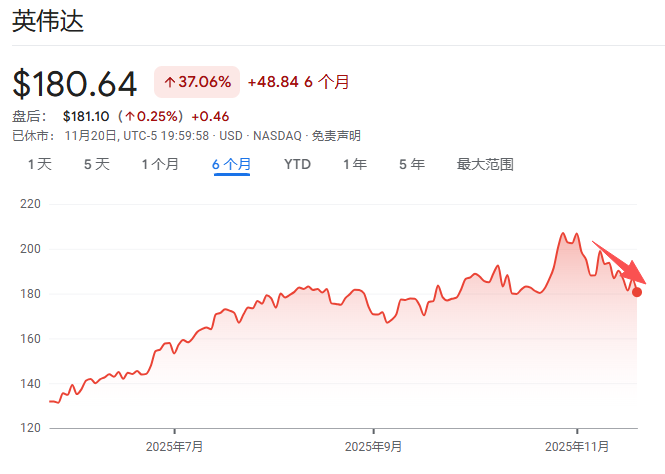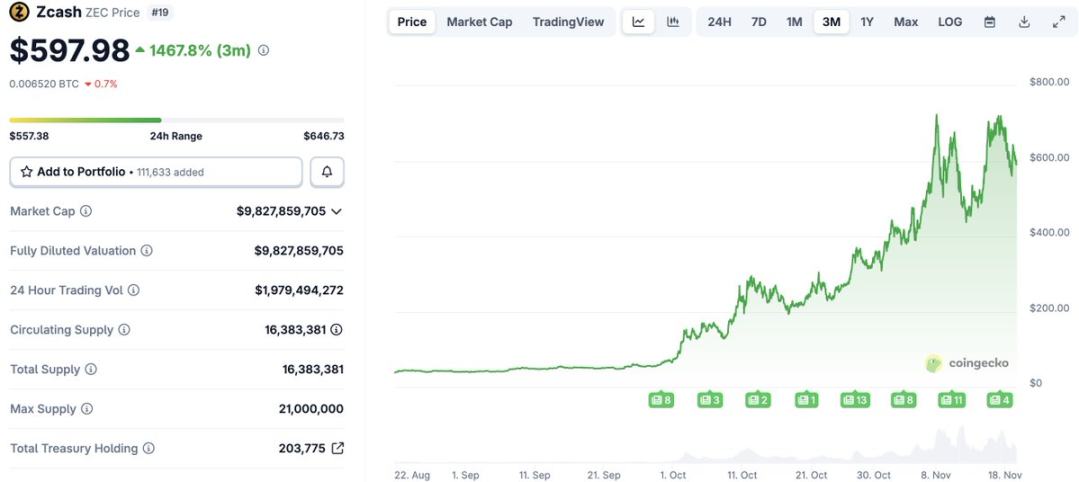Bitcoin Faces Mounting Pressure Below Key Cost Bases
Bitcoin BTC$110,097.95 remains in correction mode after reaching its all time high of more than $124,500, now hovering near $110,000. Glassnode’s weekly newsletter highlights mounting stress among top buyers as the cost basis of investors over the past six months comes under pressure.
The firm noted, “Any relief rally is therefore likely to encounter resistance, as short-term holders seek to exit at breakeven.”
The asset has slipped below both the 1 month and 3 month realized prices, currently at $115,300 and $113,700. However, the 6 month realized price, at $107,440, is acting as a key support level.
Realized price represents the average purchase price of coins within a given time frame, offering insight into investor positioning and sentiment.
CoinDesk Research also notes that the short term holder realized price stands above $108,500, a level bitcoin rebounded from on Aug. 26. Meanwhile, the realized price of all 2025 buyers has declined to just over $100,000, creating another important psychological threshold should the market fall further.
This correction underscores the growing pressure on recent buyers and the importance of realized price levels in guiding market psychology.
Disclaimer: The content of this article solely reflects the author's opinion and does not represent the platform in any capacity. This article is not intended to serve as a reference for making investment decisions.
You may also like
"AI Godmother" Fei-Fei Li's Latest Interview: I Didn't Expect AI to Become So Popular, the Next Frontier Is Spatial Intelligence
If AI leads humanity into an extinction crisis, it will be humanity's fault, not the machines'. If superintelligence emerges, why would humanity allow itself to be taken over? Where are collective responsibility, governance, and regulation? "Spatial intelligence" may fundamentally change the way we understand the world.
Has the four-year cycle of Bitcoin failed?
The various anomalies in this cycle—including waning sentiment, weakening returns, disrupted rhythms, and institutional dominance—have indeed led the market to intuitively feel that the familiar four-year cycle is no longer effective.

At an internal Nvidia meeting, Jensen Huang admitted: It's too difficult. "If we do well, it's an AI bubble," and "if we fall even slightly short of expectations, the whole world will collapse."
Jensen Huang has rarely admitted that Nvidia is now facing an unsolvable dilemma: if its performance is outstanding, it will be accused of fueling the AI bubble; if its performance disappoints, it will be seen as evidence that the bubble has burst.

After a 1460% Surge: Reassessing the Value Foundation of ZEC
Narratives and sentiment can create myths, but fundamentals determine how far those myths can go.

